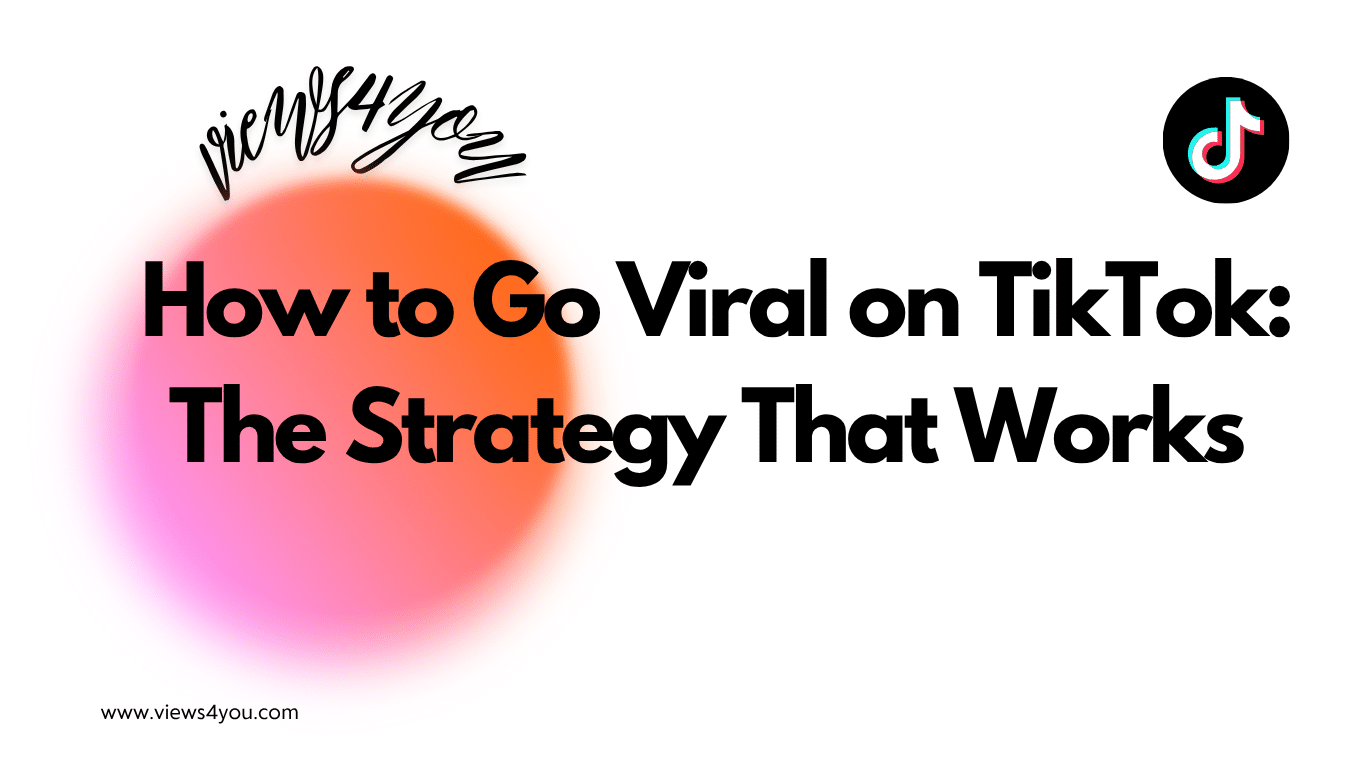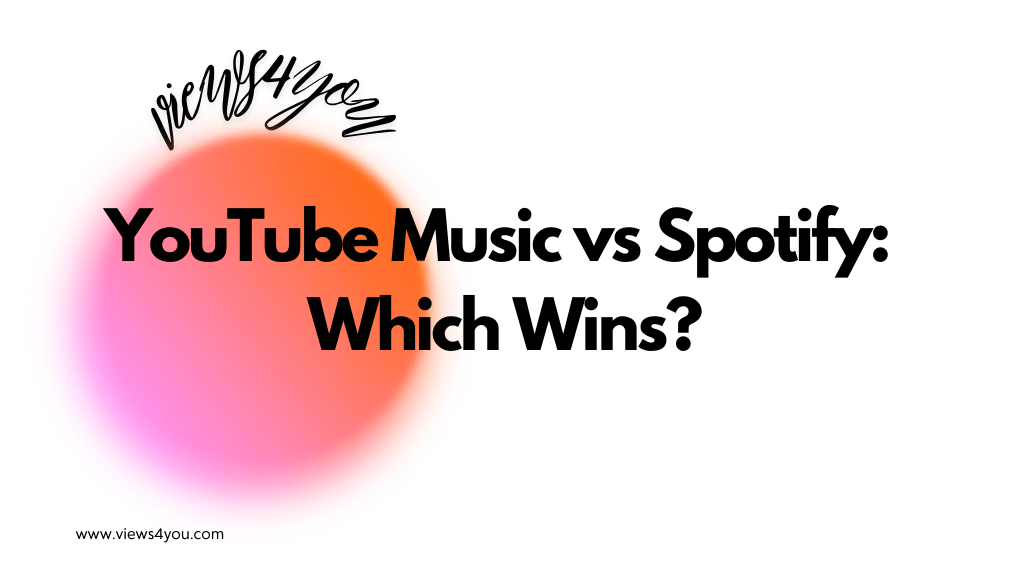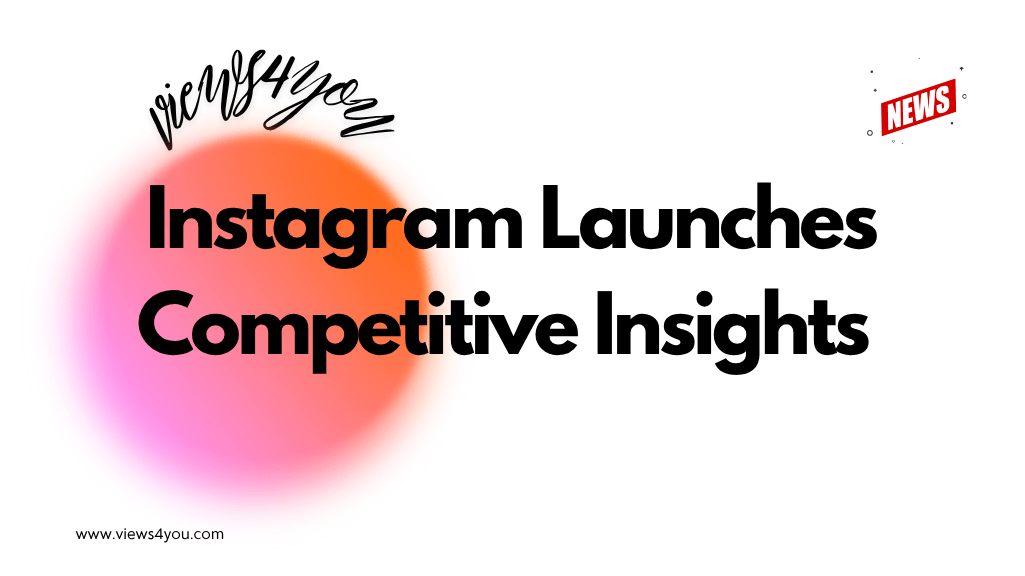The recommended thumbnail size is 1280×720 pixels with a 16:9 aspect ratio and a file size under 2 MB. This format ensures clarity on computers, mobiles, and smart TVs, prevents cropping, and improves click-through rate. Following consistent thumbnail practices helps build brand recognition and attract more viewers.
Every creator knows that a strong first impression comes from the video cover photo, also called a thumbnail. A thumbnail is a small image that represents your content and invites users to click. On the platform, a well-designed thumbnail can significantly increase click-through rate (CTR) and help your channel grow faster. That’s why knowing the best thumbnail size is essential for creating attractive and professional visuals.
Thumbnails are not just decoration. They are a powerful tool that can make your videos stand out in search results, suggested videos, and playlists. A custom thumbnail helps your content look professional, builds brand consistency, and signals to viewers that your video is worth their time. For creators, thumbnails work as a silent marketing tool—drawing attention even before the video begins.
What Is the Best Thumbnail Size?
The platform officially recommends a 1280×720 pixel resolution for thumbnails, with a minimum width of 640 pixels. The aspect ratio must be 16:9, since this is the standard format across players and previews.
- Recommended size: 1280×720 px
- Minimum width: 640 px
- Aspect ratio: 16:9
- File size limit: 2 MB
- Formats: JPG, PNG, or GIF
While 1920×1080 px can provide Full HD clarity, the minimum requirement of 1280×720 ensures your thumbnail displays correctly across devices. Many creators still rely on the official thumbnail size when designing their videos.
Why Thumbnail Size Matters
Thumbnails are the first thing viewers see when browsing. An optimized thumbnail does more than look nice—it influences ranking indirectly by boosting engagement. Higher CTR (click-through rate) signals to the algorithm that your video attracts viewers, making it more likely to appear in suggested and search results.
Consistency also matters. Using similar fonts, colors, and styles builds brand recognition and trust with your audience. A channel with cohesive thumbnails looks more professional and credible. This is why many creators treat thumbnail design as carefully as the video itself. A great thumbnail makes your video stand out among hundreds of competing uploads and ensures that viewers pause their scroll to click yours.
Thumbnail Practices
To maximize the impact of your custom thumbnails, follow these proven methods:
- Use clear, bold text: Keep it short and readable, even on small screens.
- High contrast colors: Bright backgrounds and bold fonts stand out in crowded feeds.
- Show faces and emotions: Eye contact and expressive faces increase clicks.
- Avoid clutter: Too much text or detail makes the thumbnail hard to read.
- Consistent branding: Stick to a visual style that viewers can instantly recognize.
Good thumbnails act as a visual “hook” for your video, the same way a title grabs attention. When paired with keyword-rich titles and descriptions, thumbnails help create a complete SEO strategy. Many creators also improve results by applying thumbnail practices to every upload.
How Thumbnail Size Affects Ranking
Thumbnails don’t directly change your video’s ranking in search, but they strongly impact viewer behavior. A properly sized, attractive thumbnail encourages more clicks, longer watch sessions, and stronger engagement—all metrics that the algorithm uses to recommend videos.
A mismatched size (like a wrong ratio or blurry resolution) can hurt your CTR. That’s why following the 16:9 ratio and 1280×720 dimensions is critical. Professional creators often A/B test their thumbnails to see which design earns a higher CTR. Small design changes—like background color or text placement—can lead to significant differences in performance. Consistently optimizing thumbnails improves not only video visibility but also overall channel growth, since more viewers discover and trust your content.
Advanced Tips for Thumbnails in 2025
- Mobile-first design: Since most video traffic comes from mobile, test your thumbnail on small screens before publishing.
- Contrast with the background: Avoid dull grays and dark tones; instead, choose colors that stand out against the platform’s interface.
- Readable fonts: Use bold, sans-serif fonts with shadow or outline for better readability.
- Use curiosity gaps: A visual hint at the video’s content sparks curiosity without giving everything away.
- Test with analytics: Use Studio analytics to monitor CTR and experiment with different thumbnail versions.
Thumbnails are not just images—they are the front line of your video strategy. Investing time into design, sizing, and testing can be the difference between a video that disappears and one that consistently performs well.
FAQs
Can I use 1920×1080 pixels for thumbnails?
Yes. It’s larger than the minimum requirement and ensures Full HD quality, but keep the 16:9 ratio intact.
Why is 16:9 the recommended ratio?
Because players, previews, and even mobile feeds use 16:9. Any other ratio risks being cropped.
Can I use vertical or square thumbnails?
No. Non-16:9 thumbnails will be resized or cropped, which can damage text or visuals.
Does a custom thumbnail improve CTR?
Yes. Custom thumbnails consistently outperform auto-generated ones, helping videos get more clicks and views.
What are common thumbnail mistakes?
Too much text, small unreadable fonts, poor image quality, and ignoring the 16:9 ratio.
How do I reduce thumbnail file size?
Use an online image resizer or compression tool to keep the file under 2 MB without losing clarity.








